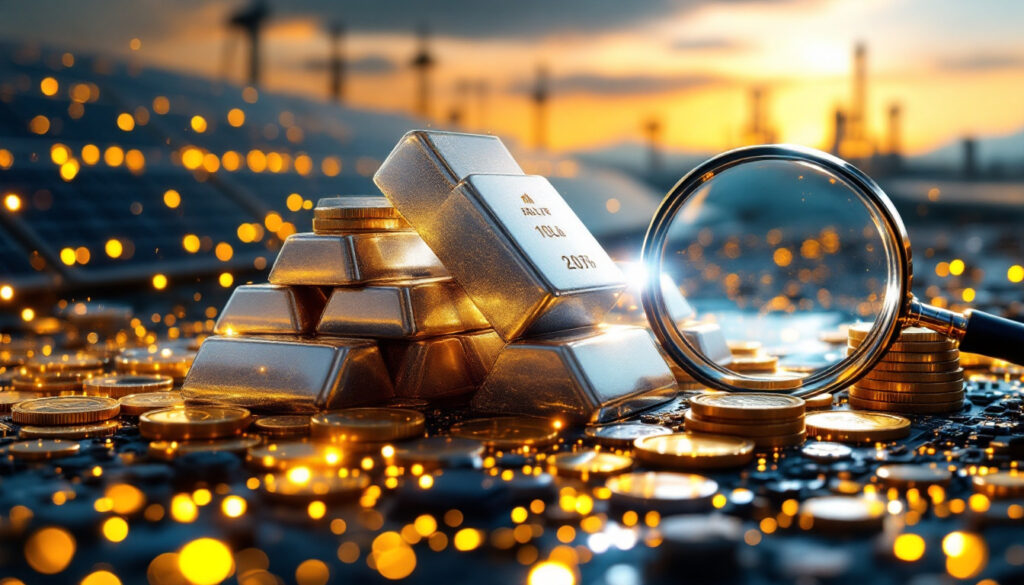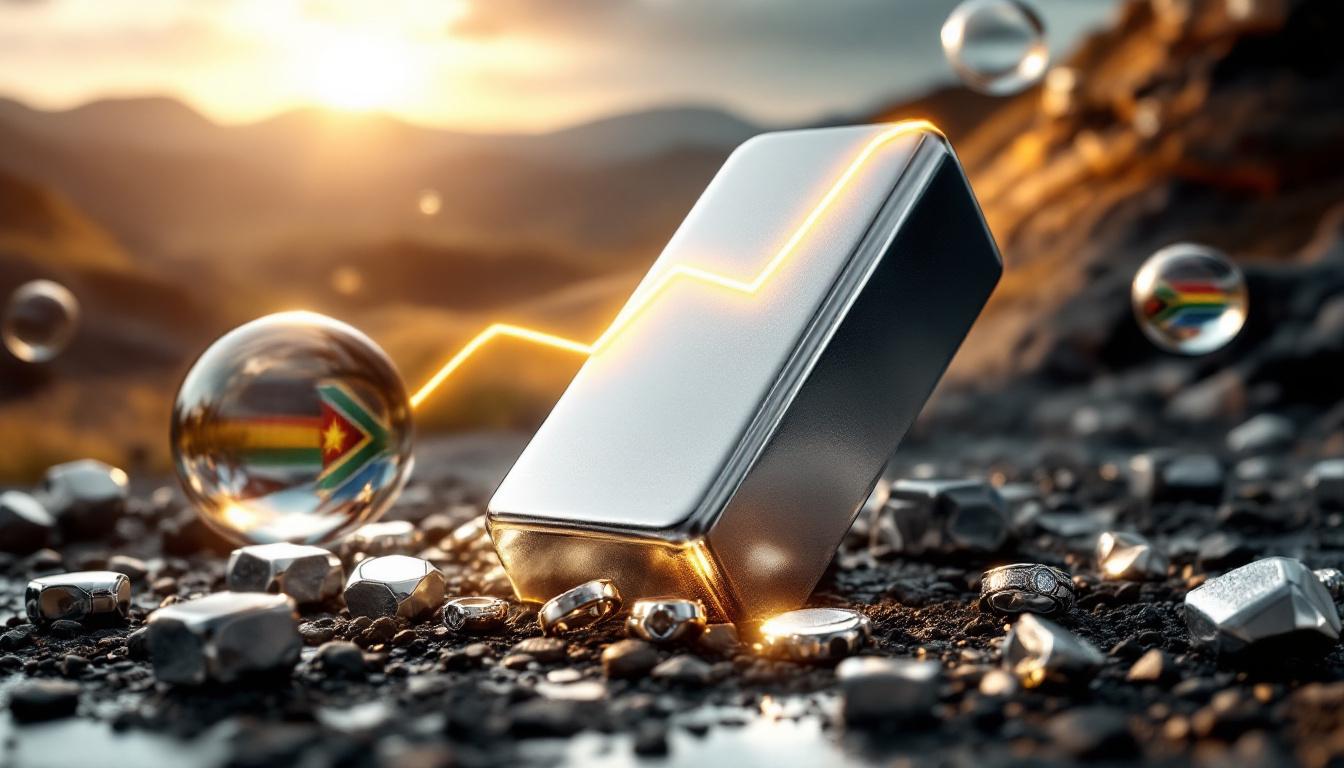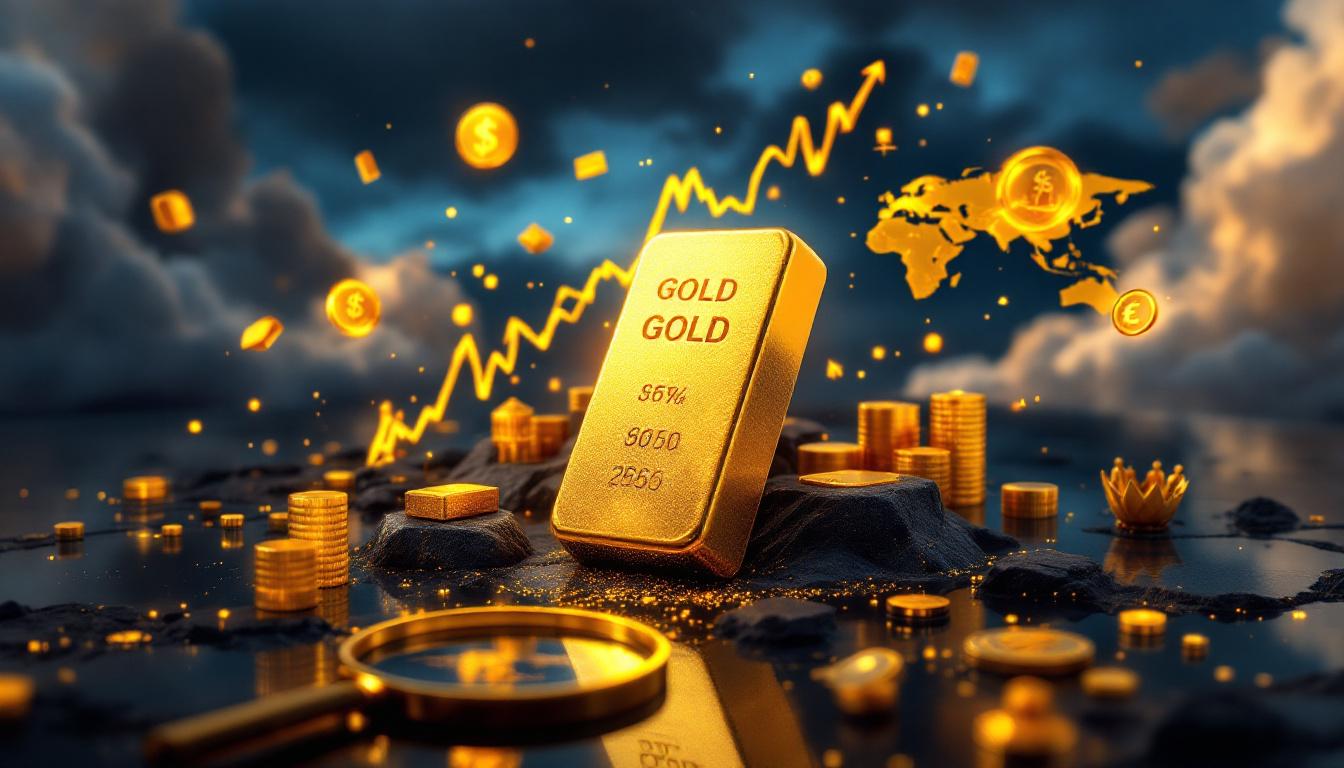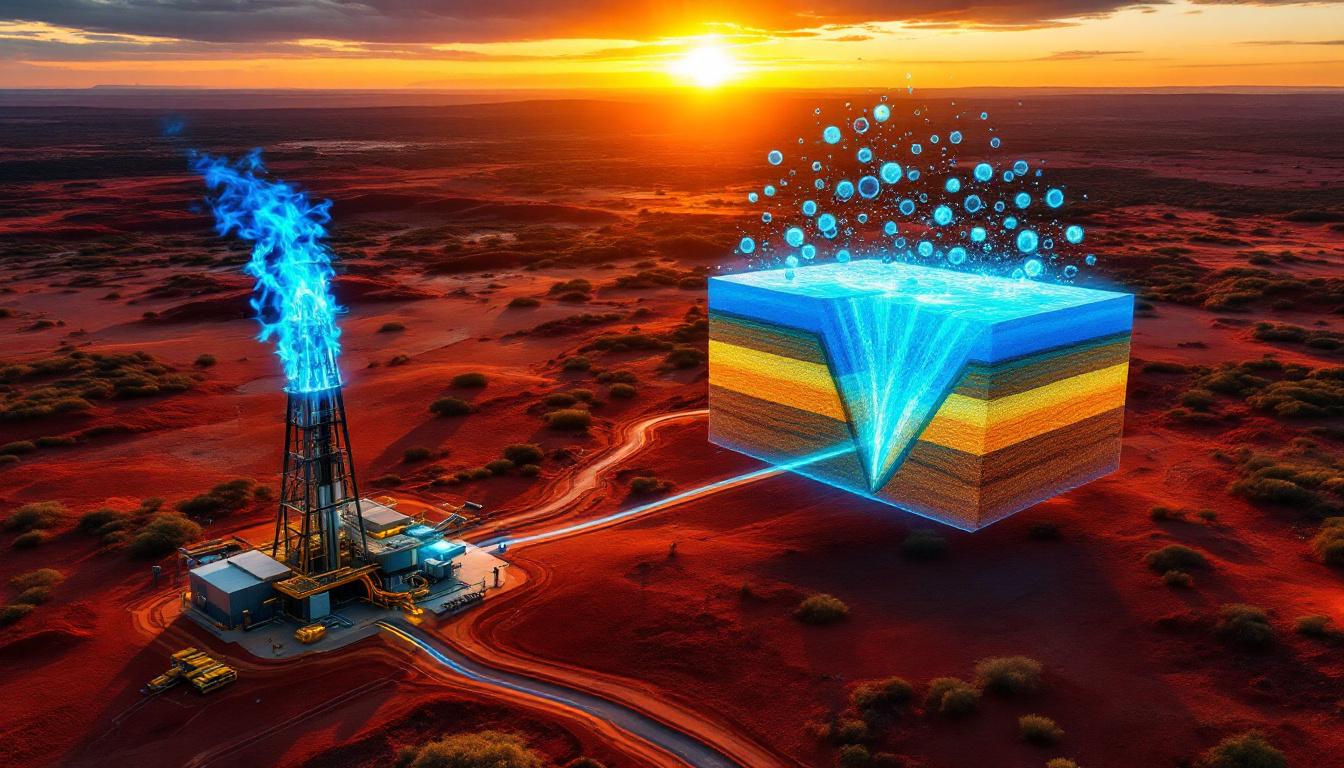What Factors Are Driving Keith Neumeyer's $100 Silver Price Prediction?
Keith Neumeyer, CEO of First Majestic Silver, has consistently maintained that silver could reach $100 per ounce or higher. His bold prediction is based on several key factors:
-
Persistent supply deficit: Neumeyer believes the silver market has been in deficit for six consecutive years, with 2024's deficit projected to be larger than 2023's. According to his analysis, this prolonged imbalance is creating unsustainable pressure on available supplies.
-
Mining production shortfall: According to Neumeyer, miners produced approximately 825 million ounces in 2022, while consumption reached between 1.2-1.4 billion ounces. This significant gap of nearly 500 million ounces isn't being addressed by increased production.
-
Growing industrial demand: Silver's critical role in electric vehicles, solar panels, and other green technologies is creating unprecedented demand. Each EV requires approximately 50% more silver than conventional vehicles, while solar panel manufacturers are actually increasing silver content for better efficiency.
-
Market manipulation: Neumeyer suggests banks are artificially suppressing silver prices through paper market activities. "The banks have been capping silver prices through futures contracts and other paper instruments that don't reflect physical market realities," he stated in a recent interview.
-
Silver's undervaluation: The gold-to-silver ratio remains historically high at around 1:92, while the production ratio is closer to 1:7.5. This disparity suggests silver should be trading significantly higher relative to gold.
As Neumeyer stated in a March 2023 interview: "It could be Elon Musk taking a position in the silver space. There's going to be a catalyst at some time, and headlines in the Wall Street Journal might talk about the silver supply deficit."
Neumeyer has been particularly skeptical of the Silver Institute's claims of market surpluses, stating bluntly, "These numbers are made up," and pointing to First Majestic's own creation of a minting facility (First Mint) as a response to what he views as market control by major players.
How Has the Silver Price Performed Historically?
Understanding silver's price history provides context for evaluating the potential for $100 silver:
Silver's Recent Price Milestones
-
All-time high: Just under $50 in the 1970s, nearly reaching that level again in 2011
-
2020 breakthrough: Rose above $20 for the first time in four years
-
2023-2024 performance: Consistently held above $30 since September 2024
-
October 2024 peak: Reached a 12-year high of nearly $35
-
Current price (March 31, 2025): Above $34, representing a 16% increase since the beginning of the year
Key Price Drivers
-
Federal Reserve interest rate policies: Lower rates tend to benefit precious metals, with silver's 2024 breakout past $30 coinciding with the Fed's rate-cutting cycle
-
Geopolitical uncertainty: Events like the Israel-Hamas war and Trump's tariff policies have created inflationary concerns driving investors toward hard assets
-
Industrial demand growth: Particularly from solar panel manufacturers who are increasing silver content for better efficiency
-
De-dollarization trends: As Neumeyer noted, "There's a rush into gold because of the de-dollarization of the world. It has nothing to do with interest rates."
Silver's volatility has historically exceeded gold's, with price surges of over 700% during previous bull markets. This pattern of explosive upside moves following prolonged consolidation periods suggests the current uptrend could accelerate dramatically if key resistance levels are breached.
What Makes Silver Different From Other Precious Metals?
Silver's unique characteristics set it apart from gold and other precious metals:
Silver's Dual Nature
-
Investment asset: Functions as both a store of value and inflation hedge
-
Industrial metal: Critical component in electronics, solar panels, and emerging technologies
-
Supply constraints: Unlike gold, much of the silver consumed industrially is not recycled, with recycling rates around 20% for silver compared to gold's nearly 90%
Silver's Industrial Applications
-
Solar energy: Bernreuter Research projects global photovoltaic installations to reach 600-660 gigawatts in 2024, up from 444 gigawatts in 2023. Each gigawatt requires approximately 20,000 ounces of silver.
-
Electric vehicles: Each EV requires more silver than conventional vehicles, approximately 25-50 grams per vehicle compared to 15-28 grams for internal combustion engines.
-
Electronics: Essential component in countless electronic devices due to its unparalleled electrical conductivity, which is 6% higher than copper.
-
Medical applications: Silver's antimicrobial properties make it valuable in healthcare settings, with applications ranging from wound dressings to hospital equipment coatings.
As Chen Lin of Lin Asset Management noted in June 2024, solar panels represent a "killer app" for silver—a technological application driving strong demand growth that cannot easily substitute other materials without significant performance losses.
Unlike gold, where approximately 60% of demand comes from jewelry and investment, industrial applications account for roughly 60% of silver demand. This creates a unique supply-demand dynamic where economic growth actually increases consumption rather than reducing it.
What Do Other Experts Think About $100 Silver?
While Neumeyer's $100 prediction stands out for its boldness, other experts have varying perspectives:
Bullish Perspectives
-
Peter Krauth (Silver Stock Investor): Believes we are "likely going to experience the greatest silver bull market of our generation" and has projected silver could reach $300 at its ultimate high
-
Willem Middelkoop (Commodity Discovery Fund): Told INN at PDAC 2025 that silver could "easily reach $100 sometime over the next decade" based on industrial demand projections
-
Chen Lin (Lin Asset Management): Sees $50 silver as possible once the market factors in the growing supply-demand gap, potentially as "the first step" toward higher prices including $100. Lin also believes modern AI-driven trading could create quick, sharp price spikes through the historic $50 ceiling.
More Conservative Forecasts
-
David Morgan (The Morgan Report): Projects $40 silver or higher in 2025 if prices can maintain the $34 level, noting that penetration of key psychological barriers often leads to accelerating momentum
-
Lynette Zang (CEO of Zang Enterprises): Predicted silver could finish 2024 at $50 per ounce, stating that "world central banks are preparing for a hyperinflationary environment"
-
InvestingHaven: Expects silver to test all-time highs in 2025 ($49), potentially reaching $77 by 2027 and $82 by 2030
The diversity of expert opinions reflects different methodologies in price forecasting. Fundamental analysts like Krauth focus on supply-demand metrics, while technical analysts like those at InvestingHaven emphasize chart patterns and historical price behavior. The bullish consensus among both camps suggests the market may be approaching a significant inflection point.
Why Is Silver Currently Undervalued?
Many experts believe silver is significantly undervalued compared to gold for several reasons:
Production vs. Price Ratio Disparity
-
Production ratio: Gold-to-silver production ratio is approximately 1:7.5
-
Price ratio: Gold-to-silver price ratio is currently around 1:92
-
Historical context: The price ratio has been much lower during previous silver bull markets, reaching as low as 1:15 during the 2011 peak
Market Structure Factors
-
Paper market influence: Trading in paper silver contracts potentially suppressing physical prices, with estimates suggesting a 100:1 ratio of paper-to-physical trading volume
-
Investment focus on gold: Central banks and large institutions prioritize gold over silver, with central banks adding over 1,000 tonnes of gold in 2024 while largely ignoring silver
-
Limited investor awareness: Many investors don't fully understand silver's dual role or supply constraints
As Jeff Wightman noted in a comment: "In 1980 I bought a house in U.K. equivalent price 40 oz Gold or 600 oz Silver. Today I need 500 oz Gold or 41,500 oz Silver to buy the same house. That is how ridiculously cheap silver currently is."
Neumeyer has emphasized that silver should be viewed as a "strategic metal" rather than merely "poor man's gold," pointing to its irreplaceable role in green energy technologies and electronics. This industrial necessity, combined with investment demand, creates a unique value proposition that current pricing fails to reflect.
What Could Trigger a Silver Price Explosion?
Several potential catalysts could drive silver prices significantly higher:
Possible Catalysts
-
Physical silver shortages: Depletion of above-ground inventories, estimated at just 2-3 years of supply, could create supply panic
-
Major industrial buyer stockpiling: A large tech company securing silver supplies to ensure production continuity, similar to Tesla's lithium strategy
-
Investor awakening: Widespread recognition of silver's industrial importance and limited supply
-
Currency crisis: Significant inflation or dollar weakness driving precious metals demand
-
Banking restrictions on paper silver: Regulatory changes affecting how silver is traded, potentially exposing the disconnect between paper and physical markets
Market Dynamics
-
Tight physical market: Secondary supplies are being depleted according to Peter Krauth, creating conditions similar to the 2011 price surge
-
Sharp price movements: Chen Lin notes modern AI trading could create quick, sharp daily spikes through the historic $50 ceiling
-
Central bank preparations: Lynette Zang believes world central banks are preparing for hyperinflation
The silver market has experienced Gamestop-style short squeeze attempts before, most notably in early 2021. With COMEX delivery defaults as a historical precedent, any significant disruption in the paper-to-physical redemption process could trigger rapid price escalation as market participants scramble to secure actual metal.
Analysis of LBMA vault data shows declining inventories, with some experts suggesting as much as 40% of registered inventory could be removed from the market through existing obligations, leaving the system vulnerable to supply shocks.
How Can Investors Gain Exposure to Silver?
For those convinced by the bullish silver thesis, there are multiple ways to invest:
Silver Investment Options
-
Physical bullion: Silver bars and coins provide direct ownership, though typically with premiums of 10-20% over spot price for smaller denominations
-
Silver mining stocks: Companies like First Majestic Silver offer leveraged exposure to silver prices, with some stocks up over 120% year-to-date in 2025
-
ETFs: Funds that track silver prices or baskets of silver mining companies, with options like the Sprott Physical Silver Trust (PSLV) offering potential advantages for larger investors
-
Silver futures: For more experienced traders seeking leverage without taking physical delivery
-
Royalty and streaming companies: Businesses that finance mining operations in exchange for future silver production, often providing exposure with reduced operational risk
Considerations for Silver Investors
-
Storage costs: Physical silver requires secure storage, with professional vault fees typically ranging from 0.5-1.5% annually
-
Premium over spot: Coins and small bars typically sell at a markup, which can affect overall returns
-
Tax implications: Different silver investments may be taxed differently, with physical silver sometimes classified as a "collectible" in the U.S., subject to higher capital gains rates than stocks
-
Liquidity: Some forms of silver investment are more easily converted to cash than others, with mining stocks guide generally offering the greatest liquidity
Storage security standards vary significantly, with LBMA-certified vaults providing the highest level of protection but also higher costs. For investors holding substantial quantities, professional storage solutions with appropriate insurance coverage are essential to mitigate theft and damage risks.
Is $1,000 Silver Possible?
While $100 silver seems ambitious to many, Neumeyer has occasionally mentioned even higher targets:
The Case for Extreme Price Targets
-
Gold price correlation: In 2016, Neumeyer suggested silver could reach $1,000 if gold hit $10,000
-
Historical precedent: Silver has seen explosive price movements in the past, including a 3,646% rally in the 1970s
-
Supply fundamentals: If industrial demand continues to grow while mining output remains constrained
-
Monetary system changes: A significant restructuring of the global financial system could dramatically revalue precious metals
Reality Check
-
Requires massive price increase: Silver would need to rise by approximately 2,900% from current levels
-
Substitution effect: At extremely high prices, manufacturers would seek alternatives or reduce silver content, with studies showing solar panel silver use could drop by 50% if prices exceed $50/oz
-
Mining response: Higher prices would eventually stimulate increased production, though with significant lag times for new mines
-
Recycling economics: Extremely high prices would make recycling much more economical, with recovery rates potentially tripling at $500+/oz
Mining companies' capital expenditure response to the 2011 price surge demonstrates how the industry adapts to higher prices, with a significant increase in exploration and development spending from 2011-2013. However, declining ore grades and increasing regulatory hurdles have made new silver mines increasingly difficult to develop, potentially limiting supply response.
FAQs About Silver Investing
Why is silver so cheap compared to gold?
Silver is more abundant than gold, with approximately 7.1 ounces of silver discovered for every ounce of gold. Additionally, investment demand for gold is higher, particularly from central banks and large institutions, while silver's industrial usage can create price volatility during economic downturns.
Is silver better than gold as an investment?
Silver often outperforms gold during periods of economic prosperity and expansion. As the CPM Group notes, "silver in fact almost always (but not always) out-performs gold during a gold bull market." However, silver values can be more impacted by declines in fabrication demand during economic uncertainty.
When did Warren Buffett invest in silver?
Between 1997 and 2006, Warren Buffett's Berkshire Hathaway purchased approximately 37% of global silver supply. The bulk of these purchases (129 million ounces) occurred between July 1997 and January 1998, at prices mostly under $5 per ounce (equivalent to $8.50-$11.50 in today's dollars).
What is causing the current rise in silver prices?
Silver's recent price strength can be attributed to several factors:
- Federal Reserve interest rate cuts
- Geopolitical tensions, including the Middle East conflicts
- Inflationary pressures from Trump's tariff policies
- Growing industrial demand, particularly from the solar sector (approximately 120 million ounces in 2024)
- Increasing investor awareness of silver's supply deficit
A less discussed factor is the growing role of data centers and AI computing, which is expected to increase silver investment trends by 5-7 million ounces annually by 2027 due to the metal's superior conductivity properties in high-performance computing applications.
Will We See $100 Silver in Our Lifetime?
While no one can predict future prices with certainty, the fundamental case for significantly higher silver prices appears strong:
- The persistent supply deficit shows no signs of resolving, with projections suggesting annual shortfalls of 500 million ounces by 2030
- Industrial demand continues to grow, particularly from clean energy revolution technologies
- Investment demand could increase substantially if inflation persists
- The current gold-to-silver ratio remains historically high, suggesting potential for mean reversion
As Willem Middelkoop advised investors at PDAC 2025: "One day the market will run, and if you're not in, you won't win it."
World Bank and IMF reports on green energy transition metals consistently forecast growing demand for silver, with potential supply gaps that current mining projections cannot fill. This fundamental imbalance, combined with silver's monetary history, creates a unique investment case unlike most commodities market insights.
Whether could the silver price really hit $100 per ounce remains to be seen, but the metal's unique position as both a precious and industrial metal gives it significant potential in a world increasingly focused on technological advancement and monetary stability. For those looking to understand how this might impact their portfolio, examining detailed market insights can provide valuable perspective on this potential price milestone.
Looking to Identify the Next Major Silver Discovery?
Enhance your investment strategy by receiving real-time alerts on significant ASX mineral discoveries through Discovery Alert's proprietary Discovery IQ model, which transforms complex mineral data into actionable insights. Explore why historic discoveries can generate substantial returns by visiting Discovery Alert's dedicated discoveries page and position yourself ahead of the market with a 30-day free trial.




